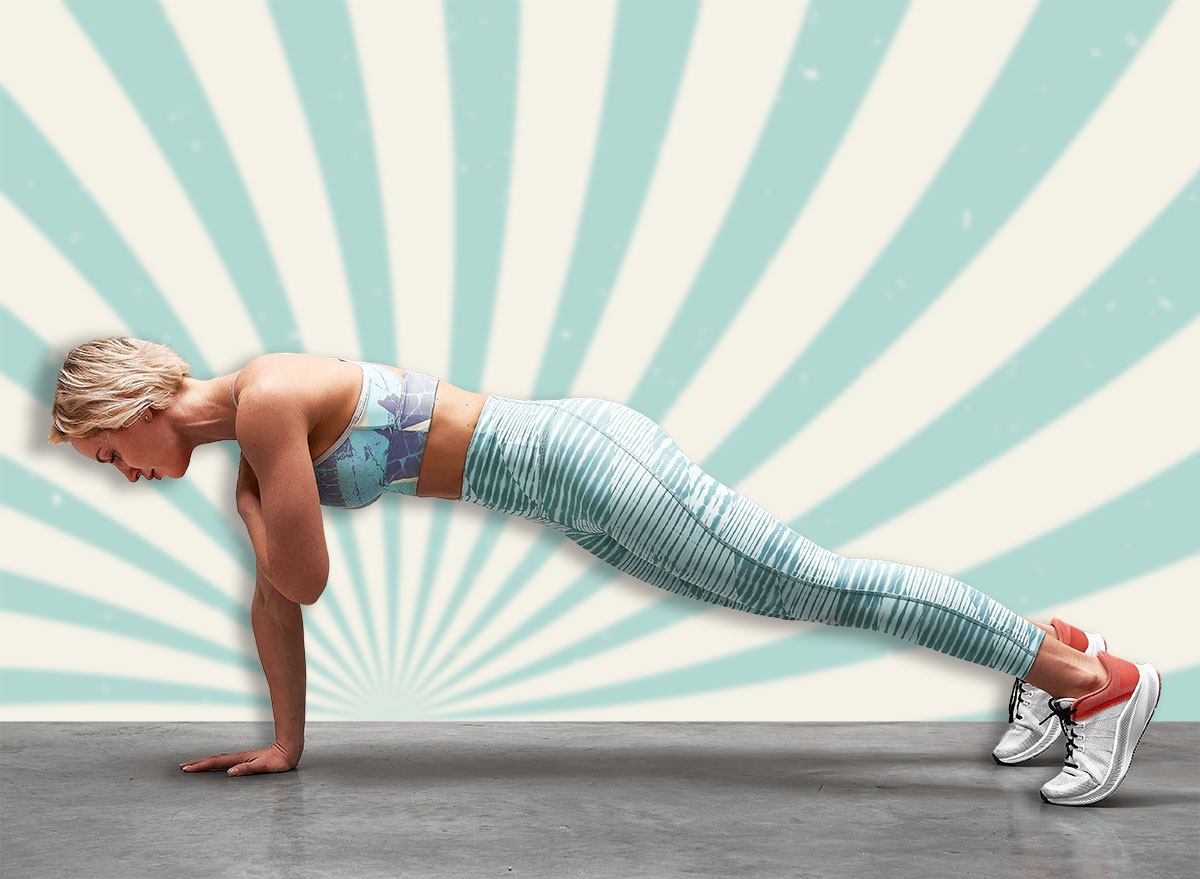If You Can Complete These 3 Movements After 50, You’re Stronger Than Most

You’ve crossed 50, and strength no longer happens by accident, it’s earned through deliberate movement, smart self-care, and an unwavering dedication to staying capable. While many chase flashy workouts or settle for slow decline, the real test of lasting fitness lives in how effortlessly you move your own body through space. Strength after 50 isn’t about endurance on a treadmill or loading a barbell; it’s about functional power, muscle that supports your daily life, guards your joints, and fuels the confidence to keep doing the things you love. And the best part? You don’t need machines, gym memberships, or complicated equipment to unlock it.
The key lies in mastering three essential bodyweight movements, each targeting a foundational pillar of strength, balance, and muscular control. These movements reflect the kind of power that keeps you independent, steady on your feet, and ready for every physical challenge life throws your way: stairs, lifting, bending, or catching yourself before a fall. They demand strong muscles, but they also require stability, mobility, and coordination, which is why most people lose ground fast as they age. Not you, not if you continue pushing your limits and tracking what your body can still accomplish on its own terms.
If you can power through these three movements, you’re already ahead of most people in your age bracket, and not just in the gym, you’ll feel the difference in everyday life. Muscles tighten where they’ve gone soft, your energy stays higher throughout the day, and fat doesn’t stick to you quite the same way. The movements we’re about to break down aren’t just tests, they’re tools to rebuild your edge and keep your body responding well as the years go by. Ready to see where you stand, and how far you can go? Let’s break it down.
1. Single-Leg Stand to Sit
This move delivers more than just quad and glute strength, it demands balance, stability, and control, and reveals how efficiently your body manages joint load with muscle support. After 50, getting up and down from a seated position on one leg is a powerful indicator of functional lower-body strength. It signals strong hips, firing glutes, steady ankles, and balanced hamstring control. If you nail it, you’ve got the kind of mobility and leg stability needed to prevent falls, climb stairs with ease, and move with confidence long-term. You’re training your muscles to respond, not react, an edge that only grows more valuable with age.
How to Do It:
- Sit at the edge of a sturdy chair with feet hip-width apart
- Extend one leg straight in front of you, heel lightly hovering off the ground
- Press through the heel of the planted foot and stand up using only that leg
- Slowly lower back down, staying controlled through your descent
- Switch legs and repeat
- Goal: 5–8 reps per side without losing balance
2. Full-Body Plank with Shoulder Tap
Core strength isn’t only about your abs, it’s about how well your entire trunk can stabilize your body while the limbs move. The full-body plank with alternating shoulder taps is a high-level test of your ability to maintain posture, avoid rotation, and resist gravity through dynamic motion. It lights up the deep abdominals, obliques, shoulders, and hips all at once. It also proves whether your core functions well as one unit, not just a six-pack. Master this move, and you’re not just strong, you’re rock-solid.
How to Do It:
- Start in a high plank with hands under shoulders and feet hip-width apart
- Keep hips level and core engaged
- Tap left hand to right shoulder without twisting hips
- Return hand to the floor, then tap right hand to left shoulder
- Keep breathing and stay steady the whole time
- Goal: 20 controlled taps (10 per shoulder) without shifting hips or dropping posture
3. Modified Burpee (No Jump)
The burpee, even in its modified, low-impact form, remains one of the most effective full-body tests of strength, mobility, and cardiovascular stamina. This version eliminates jumping but still challenges the entire body in one fluid pattern: bend, step, plant, stabilize, press, climb back up. It shows you can transfer strength between upper and lower body seamlessly, preserve solid spinal alignment under movement, and still reclaim the floor without strain or assistance, three major markers of functional power at any age.
How to Do It:
- Start standing, feet shoulder-width apart
- Hinge at hips and place hands on the floor in front of you
- Step one foot back at a time into plank position
- Hold a solid plank for 1 second
- Step feet back to hands and stand up tall
- Squeeze glutes at the top
- Goal: 12–15 continuous reps in under 60 seconds without losing form